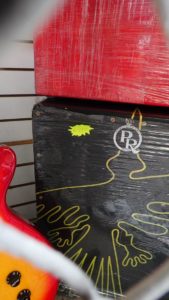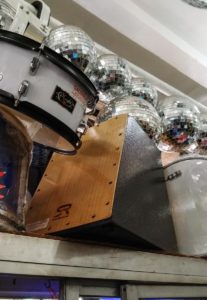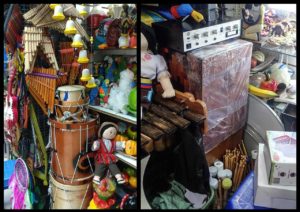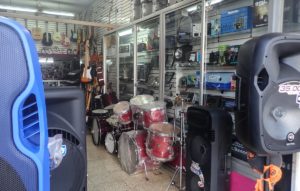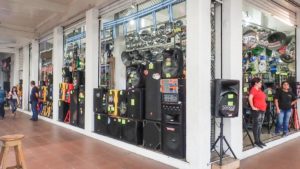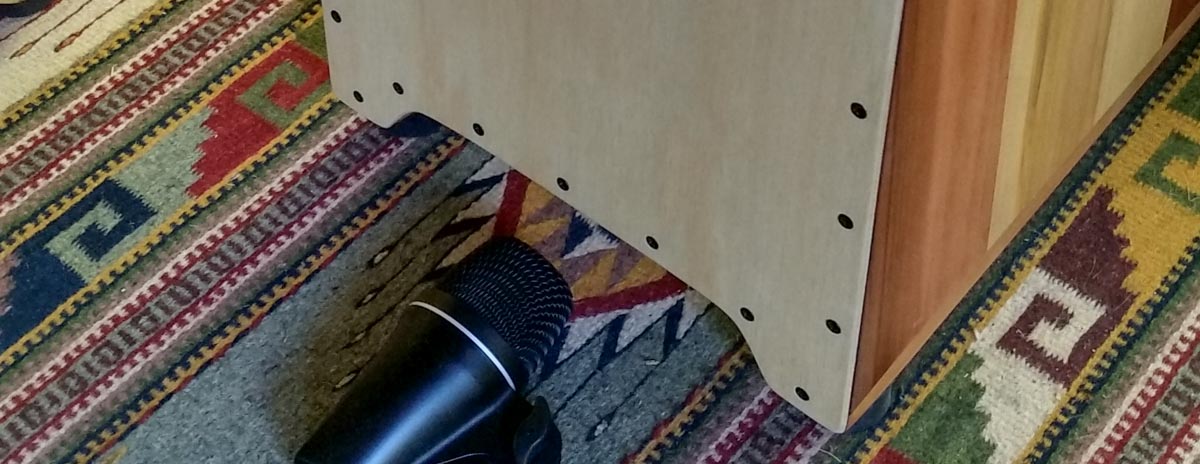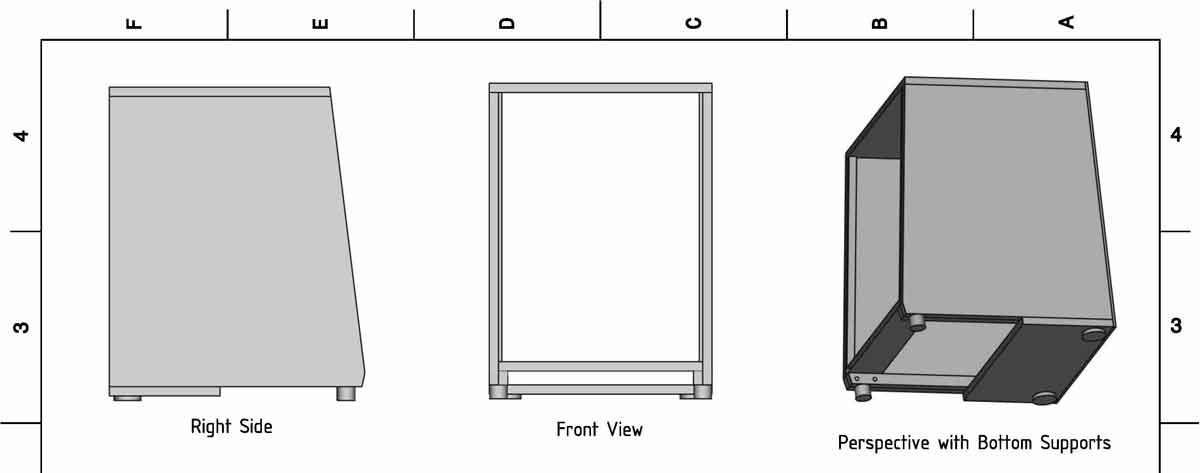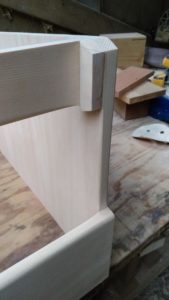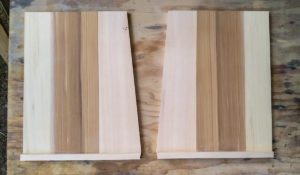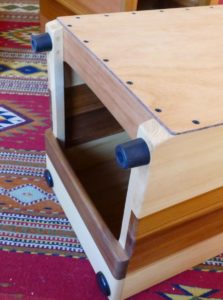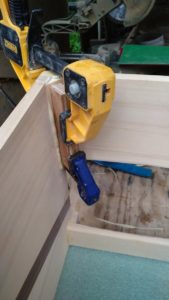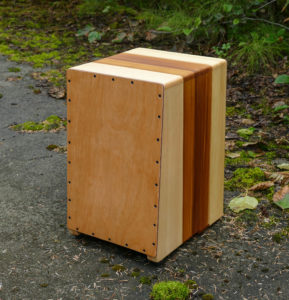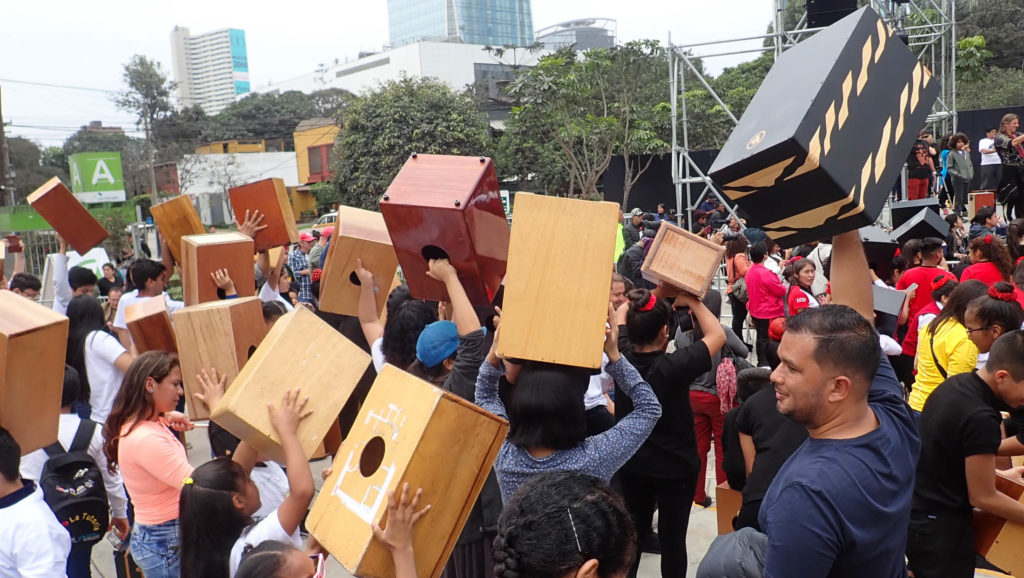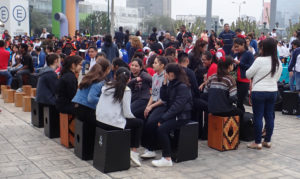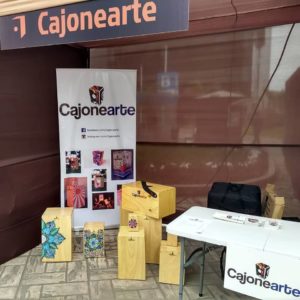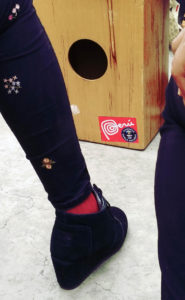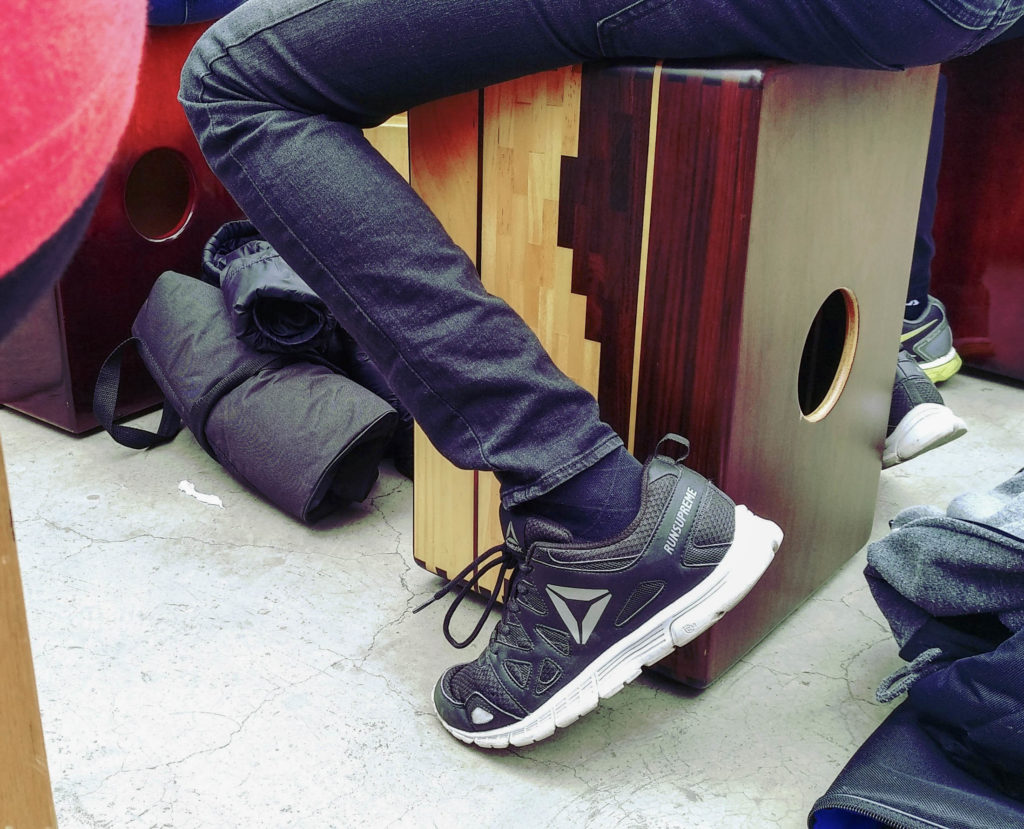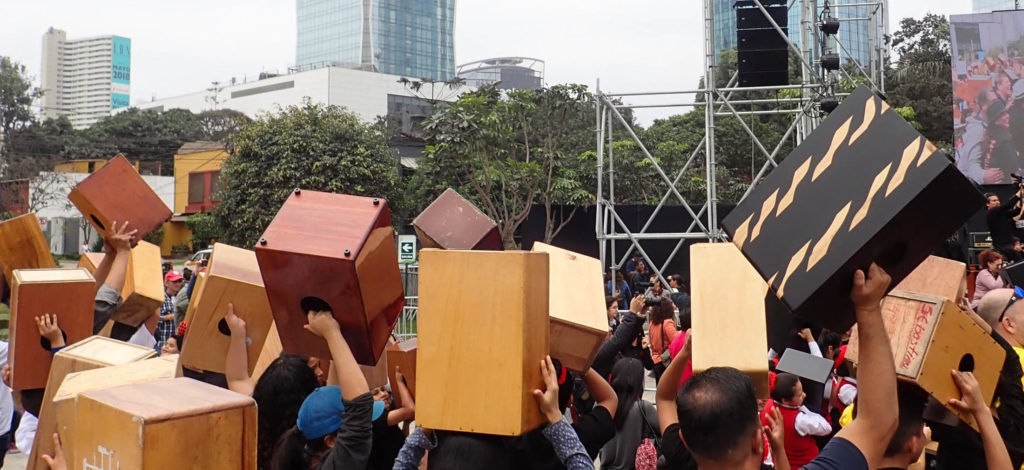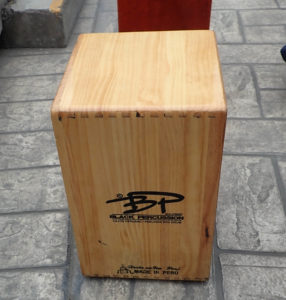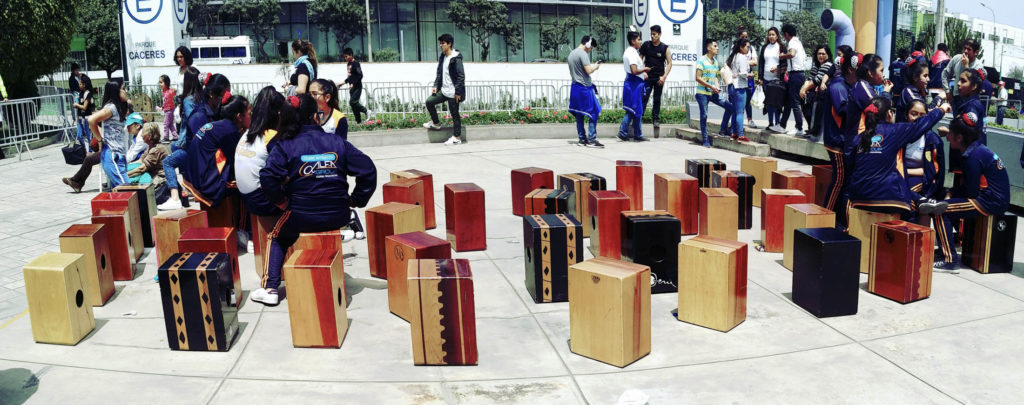Is it really “Made in”?
I am beginning to wonder about a few manufacturers, a very few, who advertise their cajons as ‘Made in’. There are three or four makers in the developing world with very precise cajons, with many models and many complex, high quality tapa graphics options – a collection of qualities that seems improbable for a local cajon maker who has been in business for 4 or 5 years.
When I first started building the Cajons of the World website I chatted with one producer who admitted that he was partnered with a very large cajon manufacturer in Asia. I am currently in South America and recently found that multiple queries to visit a local cajon factory were ignored, no response at all.
I had a similar ‘no response’ to questions posed to one ‘manufacturer’ in the USA. Some of their adverts list their cajons as ‘Made in the USA’ some list them as ‘Assembled in the USA’. Their model has a stunning similarity to a model of cajon made in Thailand.
It’s impossible to actually know what is going on with possible ‘Made in’ scammers. They may simply use imported templates, jigs and methods with local wood and build cajons using local labor. And that’s OK. Or they may import pre-cut plywood pieces, pre-made tapas and assemble the cajons with local labor. It’s also possible the completed cajon box is shipped in, the pre-build tapa is shipped in and the only part of ‘Made in ‘ that takes place is the tapa is screwed on. It’s also possible the entire cajon is made and shipped from another country and the ‘Made in’ label is a complete fabrication.
Most of the small cajon makers I chat with are thrilled to discuss their cajons and workshops. Many small manufacturers have webpages with multiple photos showing local workers building cajons. Some have videos showing cajons being built. My simple reaction to manufacturers that act secretive is that they have secrets. I am not going to become an investigative reporter and try to seek out the truth. This site was made to promote local cajon makers, if I can’t easily verify that cajons are build locally using a significant amount of local raw material, I won’t list them.
The big cajon companies are big business, their only interest is to make more money by selling more cajons at greater profit margins. Expanding their business by manufacturing locally is a legitimate business practice. But there is a difference between “Made in” and “Assembled in” and as consumers we should keep this in mind, discuss it and consider it when recommending manufacturers.
I hope that everyone reading this will support my request to all cajon manufacturers for transparency. If a manufacturer is going to tout their cajons as “Made in” or “Hecho en” or “Criado em” a particular country they should be open and honest to folks asking about the raw materials used, where fabrication of various components occurs, which components are made from imported materials and they should support visitation of production facilities.
What can you do about questionable ‘Made in’ claims?
If you suspect a company of fraudulently using the ‘Made in’ label, here are some suggestions you might pursue. In the USA the Federal Trade Commission will investigates clams of ‘Made in the USA’ fraud, just fill out their form. Another option is to query the local Better Business Bureau and ask them to verify the business. And another option is to check with other cajon makers who live near the manufacturer in question, they may have more information or they may wish to ask questions themselves.
In other countries I’d suggest searching for the Ministry of Industries or Ministry of Trade and asking them to investigate. With skeptical officials it might be worth discussing that fraudulent ‘Made in’ labeling could be associated with import tax issues or foreign business permit issues. Cajon forums on the internet are also places to get more information and spread the word about questionable manufacturers.
Almost every country in the world is interested in touting and expanding their industries. In many countries, foreign investors are required to partner with locals. The results can vary from active, integrated partnership to token appearances by local partners on webpages and at events. It is difficult to know the extent to which a manufactured cajon is ‘Made in’ vs ‘Assembled in’. Hopefully this blog will raise awareness that ‘Made in’ is not an absolute: prospective buyers interested in locally made cajons should ask questions about the origins of materials, location of component fabrication and the extent of foreign ownership and investment.
“Made in” vs “Assembled in” Criteria
In my mind a “Made in” cajon starts from either raw lumber or full-size sheets of plywood. While locally produced plywood would be ideal, imported plywood is OK so long as it is not pre-shaped. Ideally the wood used to brace the cajon and construct the snare system comes from the country of manufacture or a nearby country. The tapa is cut to shape and the tapa graphic are applied in the country of manufacture. The finish is applied in the country of manufacturer. All the labor involved in these steps are local residents. To me a cajon is not made in the country if the sides, top, bottom and tapa are cut to size in another country. At that point I’d call it “Assembled in”.
Please add you opinions and thoughts in the Comments area. Happy drumming!






